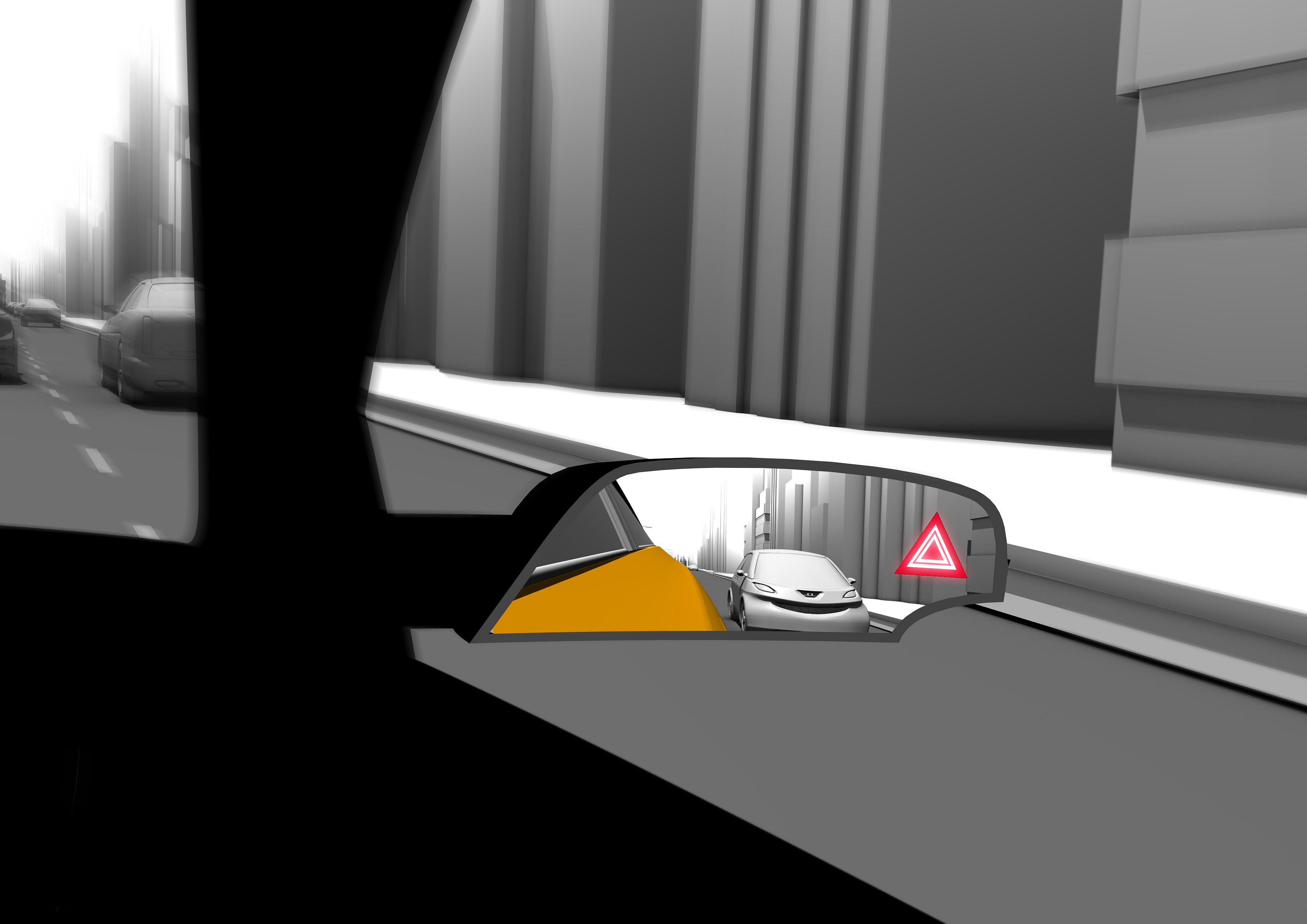Continental to begin making short range radar sensors at US plant
International automotive supplier Continental is to begin production of short range radar sensors for advanced driver assistance systems at its plant in Seguin, Texas.
International automotive supplier Continental is to begin production of short range radar sensors for advanced driver assistance systems at its plant in Seguin, Texas.
“Expanding our manufacturing capacity takes us a step closer to our American customers. In the market for the market is a keystone of our strategy,” said Karlheinz Haupt, head of the Advanced Driver Assistance Systems (ADAS) business unit of Continental’s Chassis & Safety Division. A single line will handle production initially, but additional lines are in preparation to satisfy the demand of OEMs manufacturing in the U.S.
“We plan to produce some three million short range radar sensors in Seguin in 2016. The numbers say something about how rapidly demand is rising for short range radar functions like Blind Spot Detection or parking assistant systems. Legislation is a driving force but also our customers’ desire for increased safety and comfort is providing a major impetus,” said Haupt.

Continental has seen rapid growth in the business with sensor technologies like camera, lidar and radar. Since production began in 1999, the supplier has turned out more than 10 million sensors, 4.5 million last year alone. Next year should see the 26-million mark, some 10 million of which will be radar sensors (short- and long range radars). However, cameras – mono, stereo and camera systems for 360-degree surround detection – are also booming. Lane Departure Warning, Intelligent Headlamp Control plus such functions as Traffic Sign Recognition and camera-based parking assistant systems are becoming increasingly popular in all classes of cars.
Short range radar sensors are indispensable to Blind Spot Detection (BSD) and Rear Cross Traffic Alert (RCTA). The BSD feature warns drivers of cars lurking in the blind spot, making passing and lane changes safer and more manageable, both in city traffic and in highway driving. The RCTA feature detects crossing traffic behind the vehicle while the car is backing out, helping to avoid accidents that can often result in serious injuries.
Advanced driver assistance systems represent a key technology on the road to accident-free driving (Vision Zero). Vision Zero will become reality in three steps, beginning with no fatal accidents, followed by no injuries and, ultimately, no accidents at all. “Advanced driver assistance systems and proven sensor technology are a major component of automated driving. Highly or fully automated driving can only become a reality through high-performance sensors and a reliable, accurate model of the vehicle surrounding,” concluded Haupt.
RELATED ARTICLES
Hyundai walks the eco talk with biogas plant, material recovery plant in Gurugram
Operational since October 2022, the facility targets sustainable waste management in Gurugram by undertaking scientific ...
Rajiv Bajaj reappointed MD and CEO of Bajaj Auto for five-year term
Bajaj Auto’s Board of Directors has approved the re-appointment of Rajiv Bajaj as the company’s MD and CEO for another f...
JSW MG Motor launches Comet EV Blackstorm edition
The key highlights of the Comet EV Blackstorm, which is now the top-end variant, are its ‘Starry Black’ exterior along w...






 27 Mar 2014
27 Mar 2014
 5503 Views
5503 Views





 Autocar Professional Bureau
Autocar Professional Bureau




